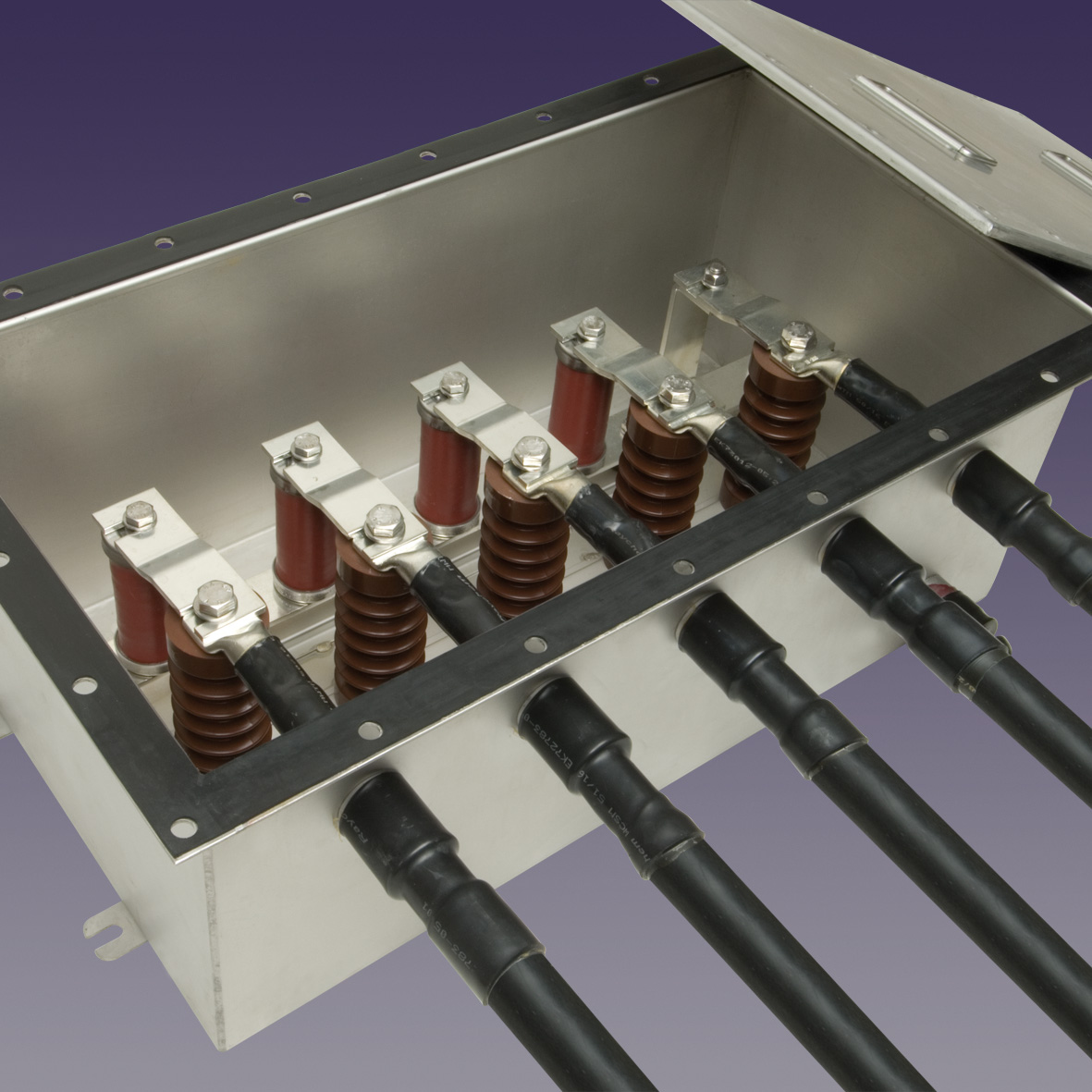Introduction:

In today's interconnected world, cables play a crucial role in transmitting data and power across various industries. Whether it is communication networks, power grids, or industrial automation, the reliability and performance of cables are of utmost importance. Shielded cables, in particular, are designed to offer enhanced protection against electromagnetic interference (EMI) and ensure uninterrupted signal transmission. However, the longevity of shielded cables heavily relies on the materials used in their construction. Chemical resistant power cable aims to explore the different long-lasting shielded cable materials available in the market, highlighting their features, advantages, and applications.
1. PVC (Polyvinyl Chloride):
PVC is one of the most commonly used materials in cable manufacturing due to its affordability and versatility. PVC-based shielded cables are known for their excellent electrical properties, resistance to moisture, and durability. However, while PVC offers adequate protection against EMI, it may not be the most suitable material for applications in harsh environments or areas with high temperatures. Over time, PVC can degrade when exposed to extreme temperatures or chemicals, affecting the overall performance and lifespan of the cable.
2. XLPE (Cross-Linked Polyethylene):
XLPE is a thermosetting compound widely used in the insulation of shielded cables. The cross-linking process enhances the material's resistance to heat, moisture, and mechanical stress, making XLPE-based cables ideal for outdoor and high-temperature applications. With their exceptional electrical properties, XLPE-insulated shielded cables offer long-lasting performance and protection against EMI. Additionally, XLPE's resistance to abrasion and chemicals ensures the cable's durability in harsh environments, making it a popular choice across industries such as power distribution, telecommunications, and industrial automation.
3. LSZH (Low Smoke Zero Halogen):
LSZH is a cable jacketing material designed to minimize the release of harmful smoke and toxic gases in the event of a fire. Unlike PVC, LSZH cables are composed of thermoplastic compounds that do not emit halogens when burned. This characteristic makes LSZH cables suitable for applications in confined spaces or areas with a high concentration of people, such as public buildings, transportation systems, and data centers. The long-lasting nature of LSZH materials ensures the cables maintain their integrity during fire incidents, protecting both human lives and valuable equipment.
4. TPE (Thermoplastic Elastomer):
TPE is an advanced cable jacketing material that combines the properties of rubber and plastic. It offers excellent flexibility, resistance to harsh weather conditions, and durability, making TPE-based shielded cables suitable for applications in outdoor environments. TPE's exceptional mechanical properties allow the cable to withstand repeated bending and stretching without compromising its shielding effectiveness. Moreover, TPE materials exhibit resistance to chemicals, oils, and UV radiation, further enhancing the cable's lifespan and ensuring long-term performance.
5. PUR (Polyurethane):
Polyurethane is a versatile material widely used in cable manufacturing due to its exceptional mechanical properties and resistance to abrasion. PUR-based shielded cables are known for their durability, making them suitable for applications in demanding environments such as industrial automation, robotics, and mining. The material's resistance to oils, chemicals, and solvents ensures the cable's longevity even in harsh conditions. Additionally, PUR offers excellent flexibility and low-temperature performance, making it ideal for applications requiring frequent movement or exposure to extreme temperatures.
6. FEP (Fluorinated Ethylene Propylene):
FEP is a high-performance thermoplastic material known for its excellent electrical properties and resistance to heat and chemicals. Shielded cables with FEP insulation provide exceptional protection against EMI while maintaining signal integrity. FEP's high thermal stability allows the cable to withstand extreme temperatures without compromising its performance, making it suitable for applications in aerospace, automotive, and industrial sectors. Moreover, Shielded cable in hazardous environments , excellent dielectric properties, and resistance to moisture, ensuring the cable's longevity and reliability.
Conclusion:
The choice of materials in shielded cable construction plays a pivotal role in determining their long-lasting performance and protection against EMI. PVC, XLPE, LSZH, TPE, PUR, and FEP are just a few examples of the materials available, each offering unique advantages and applications. While PVC remains a cost-effective option for standard installations, XLPE, LSZH, TPE, PUR, and FEP provide enhanced durability, resistance to harsh environments, and exceptional shielding capabilities. By selecting the appropriate material based on the specific requirements, industries can ensure the longevity and reliability of shielded cables, enabling efficient data and power transmission while minimizing the risk of EMI-induced disruptions.
